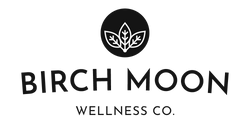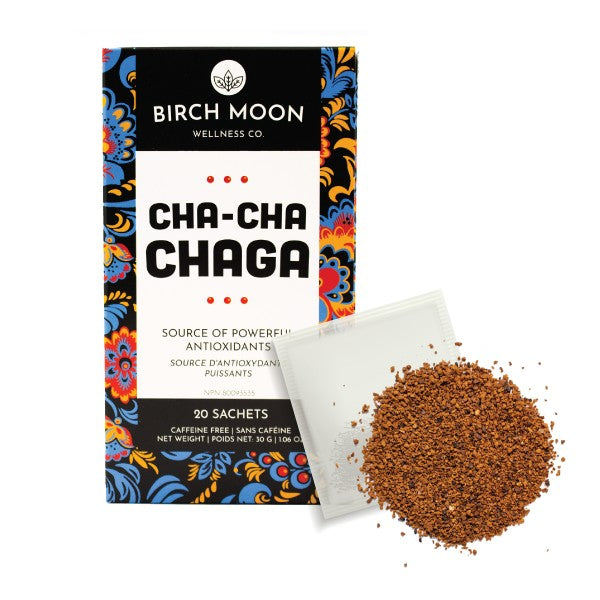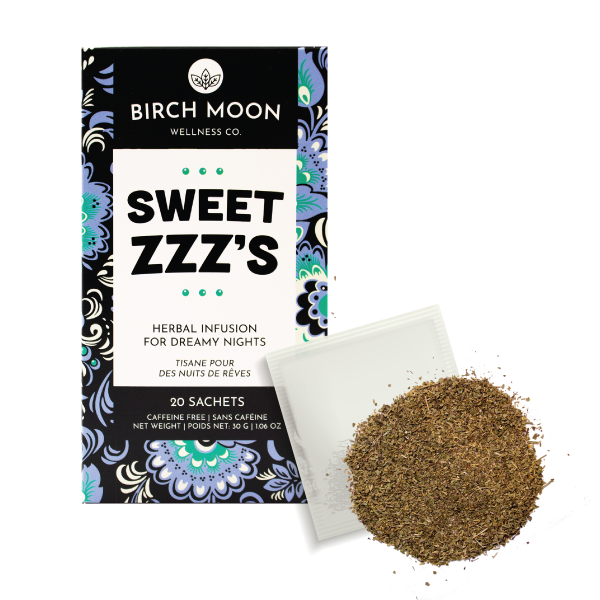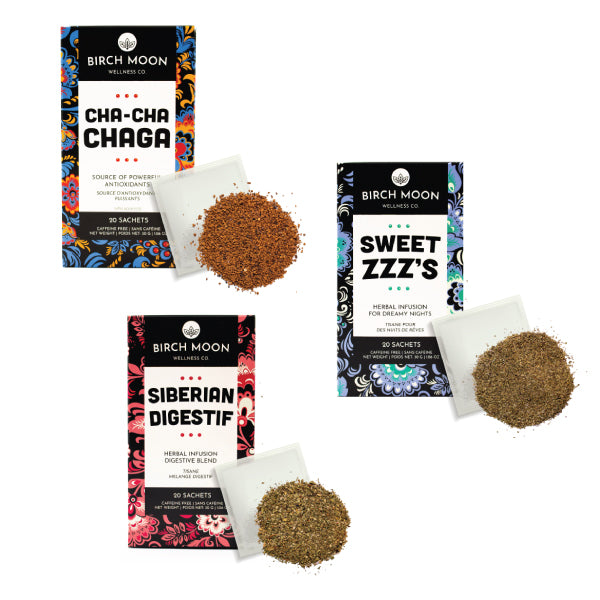The Mystical World of Chaga Mushrooms
Deep in the northern forests, on the trunks of birch trees, grows a special kind of fungus: the chaga mushroom. Known for its rough, charcoal-like exterior and golden interior, this mushroom has piqued the interest of many health enthusiasts over the years. Historically, indigenous people of Siberia and North America have utilized chaga for its medicinal properties, particularly to boost the immune system and combat fatigue.
The chaga mushroom, unlike other fungi, prefers cold climates. This is why it's predominantly found in the birch forests of Russia, Korea, Eastern and Northern Europe, Northern Canada, and Alaska. Its preference for cold has made it a staple in the traditional medicine cabinets of the inhabitants of these regions.

Benefits of Sipping on Chaga Tea
One of the most popular ways to consume chaga is in the form of tea. When you buy chaga tea, you're investing in a beverage packed with antioxidants. These antioxidants help combat oxidative stress, which can lead to cellular damage. Many believe that drinking chaga tea can support overall health, enhance the body's ability to fight infections, and even slow down the aging process.
Moreover, chaga tea has been linked to potential anti-inflammatory properties. Inflammation, when chronic, can be detrimental to our health, playing a role in various ailments from arthritis to heart disease. Including chaga tea in your daily routine might provide some relief from inflammatory conditions, although it's always important to consult with a healthcare professional before making any significant changes to your diet.

Chaga Cultivation: A Glimpse Behind the Scenes
While chaga mushrooms predominantly grow in the wild, there's been a rising interest in cultivating them. This is mainly due to their increasing popularity and the subsequent demand in the market. Cultivating chaga, however, is no easy feat. It requires a specific set of conditions to mimic its natural habitat. This includes the right temperature, humidity, and substrate, usually birch trees.
Cultivated chaga can offer more consistency in terms of its nutrient profile. This is because controlled environments can ensure that the mushroom gets all the right conditions for optimal growth. However, wild chaga, harvested sustainably, is often considered more potent due to its exposure to natural stressors, which can enhance its beneficial compounds.
FAQs about Chaga Mushrooms
Q: Where can I buy chaga tea?
A: Many health food stores and online retailers offer chaga tea. Ensure you're purchasing from a reputable source to get the best quality.
Q: How often should I drink chaga tea?
A: While chaga tea can be consumed daily, it's essential to listen to your body and consult with a healthcare professional.
Q: Does chaga tea have caffeine?
A: No, chaga tea is naturally caffeine-free, making it a great alternative to traditional teas and coffee.
Discovering Chaga's Historical Roots
Diving into the annals of history, chaga has been a trusted ally for many. The indigenous communities of Siberia have long used chaga as a traditional remedy. They believed it to be a gift from nature that bestowed vitality and longevity upon its consumers. In North America too, native tribes recognized the potential of chaga and incorporated it into their daily lives.
These historical uses weren't just based on folklore. Many traditional uses of chaga have now been validated by modern scientific research. For instance, chaga's potential anti-viral properties were often tapped into by traditional healers. Today, research continues into understanding the full scope of chaga's benefits and how it can be integrated into modern medicine.
Where Chaga Thrives: Its Natural Habitats
Chaga's preference for cold climates isn't just a quirk. This environment plays a crucial role in the mushroom's growth and nutrient composition. The harsh conditions of the northern forests force the chaga mushroom to produce a range of compounds to protect itself. It's these very compounds, like betulinic acid derived from the birch trees it grows on, that are believed to confer health benefits to humans.
If you're an adventurer at heart and wish to find chaga in the wild, remember it's vital to harvest it sustainably. Overharvesting can harm the tree and deplete local chaga populations. Many experts recommend taking no more than a third of the visible mushroom to ensure it can continue its growth cycle.
Ways to Enjoy Chaga: Beyond Just Tea
While the keyword here is "buy chaga tea", it's worth noting that chaga can be enjoyed in several other forms. Chaga tinctures, for instance, are a concentrated liquid that can be added to drinks or taken on its own. Chaga powder can be sprinkled on foods or blended into smoothies. There's also chaga coffee for those who want the best of both worlds!
However, no matter how you choose to consume chaga, sourcing is key. Whether you're buying chaga tea or any other product, ensure it comes from a sustainable and reputable source. This not only guarantees the potency of the product but also supports ethical harvesting practices.





